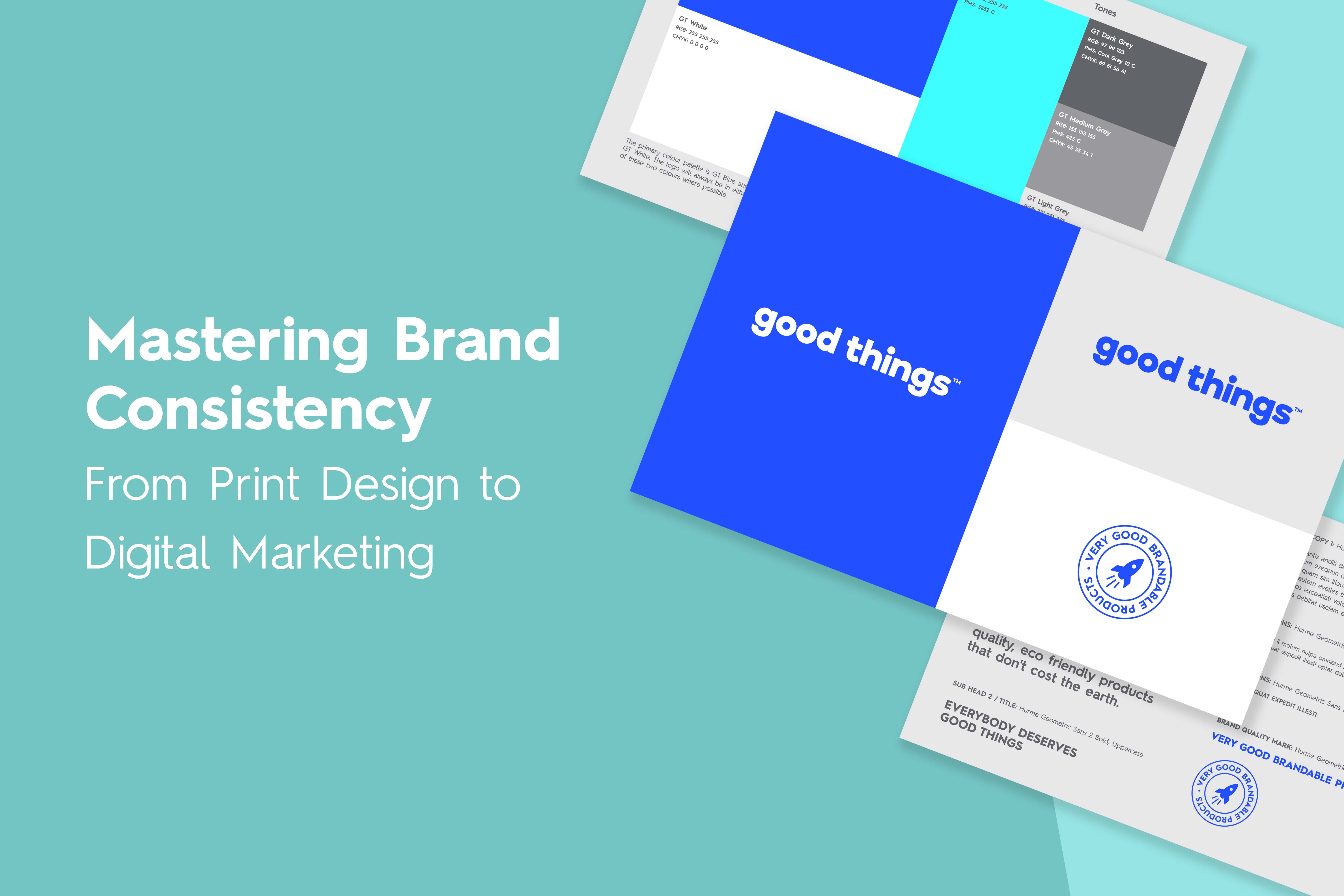It might be obvious, but the key to a successful brand is… successful branding. What do we mean by this? It means you need to master your brand’s visual identity, tone of voice and brand personality. Ask yourself, what do you want your audience to interact with?
In this blog, we will look at how you can master brand consistency. Not only make your merchandise pop, but align your merch with your digital marketing assets and create a seamless customer journey experience.
1. Understand Your Brand Elements
It’s important that you know what your brand elements are and how to use them. These elements are what make your brand one and unite your print and digital assets.
- Logo: Your logo is the face of your brand. It should be displayed consistently across all platforms and materials. Ensure it’s in the right format and size for each medium, whether it’s a website header or a business card.
- Colour Palette: Consistency in colour is vital. Use the same colour codes across your print and digital materials (including Pantones, RGB, CYMK colours). This not only reinforces your brand identity but also helps create a memorable visual experience for your audience.
- Fonts: Use your designated brand fonts for headings, subheadings, and body text. Stick to these fonts across all materials to maintain a professional and cohesive appearance.
- Tone of Voice: Your brand’s tone of voice sets the mood for your content. Whether it’s formal, casual, informative, or playful, it should remain consistent to build familiarity and trust with your audience.
- Brand Message: Your brand message is what you want your customer to know you by — it should be clear and concise. It’s the essence of your brand, and all your content, both offline and online, should echo this message.
- Image Style: If your brand uses specific imagery or photography styles, ensure you adhere to them. Whether it’s the use of certain filters, themes, or compositions, consistency here is key.
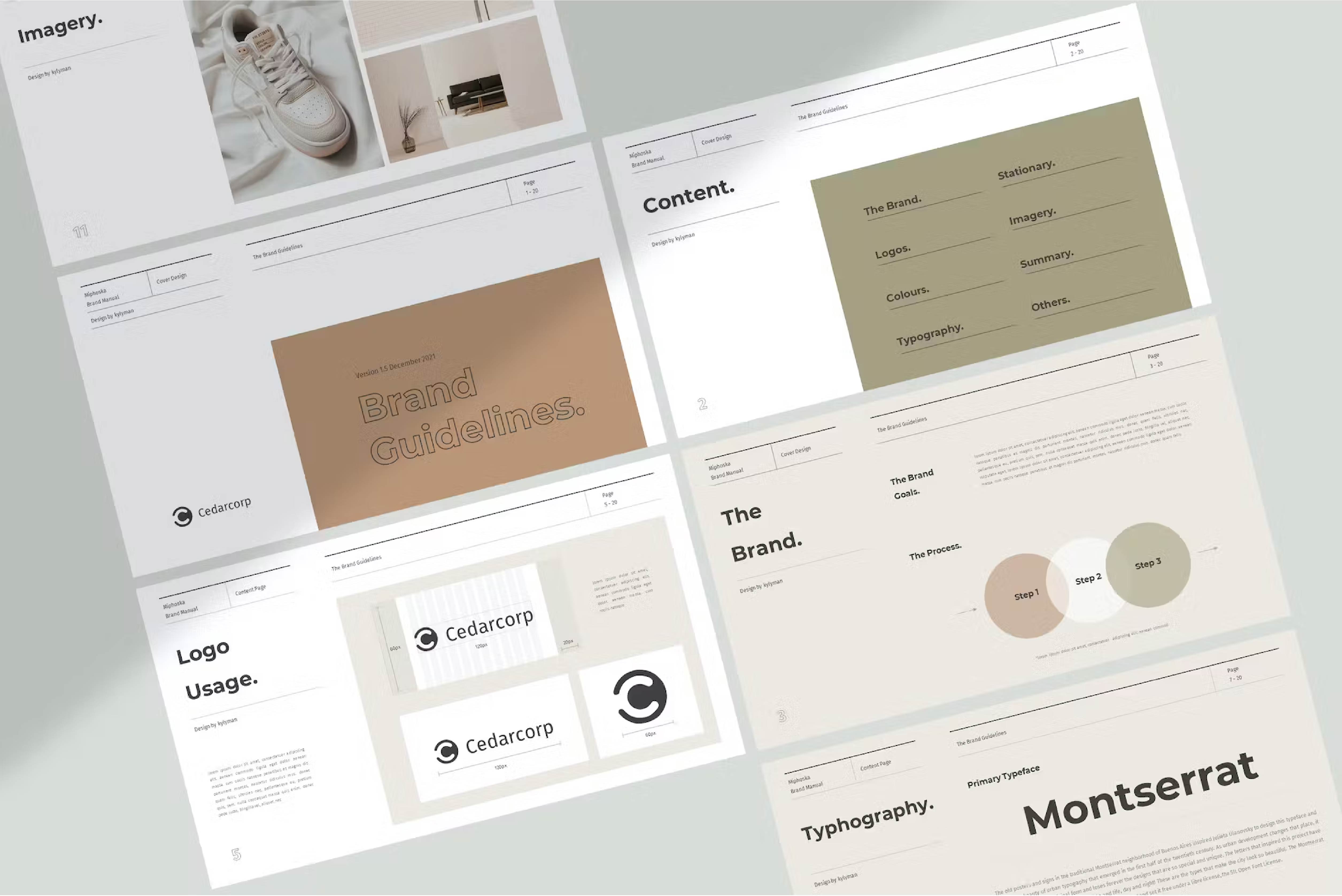
2. Follow Your Brand Guidelines
Brand guidelines serve as your brand’s rulebook. They outline the dos and don’ts, offering a clear roadmap for maintaining brand consistency. If you’ve worked with professionals to develop your brand, you likely already have a brand guidelines document in place.
However, if you don’t have one, it’s highly advisable to hire a branding expert to create it. Here’s why investing in brand guidelines is worth every penny:
- Consistency: Guidelines ensure that everyone involved in your brand’s content creation understands how to use the elements correctly. This consistency fosters trust and recognition among your audience.
- Efficiency: Having a set of rules streamlines the design and content creation process. Your team won’t waste time debating colors or fonts because the guidelines provide clear direction.
- Protection: Brand guidelines protect your brand identity. By specifying what can and cannot be done, they prevent any inadvertent misuse of your brand elements.
- Scalability: As your business grows, maintaining consistency becomes even more crucial. Brand guidelines make it easier to scale your branding efforts and maintain the same level of quality across various channels.
3. Implementing Brand Consistency
Now that you have your brand elements and guidelines in place, it’s time to put them into action:
- Design Templates: Create templates for your print materials, social media posts, and email marketing campaigns. These templates should incorporate your brand elements, making it easy to maintain consistency.
- Training: Ensure that your team is familiar with the brand guidelines and understands the importance of consistency. Regular training sessions can help reinforce this.
- Quality Control: Implement a review process to check that all content, whether it’s a brochure or a blog post, adheres to the brand guidelines. This can be done through internal reviews or with the help of brand management tools.
- Feedback Loop: Encourage feedback from your audience. This can help you fine-tune your brand’s consistency by understanding what resonates best with your customers.
- Adaptability: While consistency is crucial, be open to minor adjustments if necessary. The market and audience preferences can evolve, so it’s important to stay relevant while staying true to your brand’s core identity.

To sum it all up…
By mastering brand consistency across both print design and digital marketing, you create a seamless experience for your audience. They will recognise and trust your brand, making it more likely for them to engage and become loyal customers. It also means that when it comes to creating merchandise for your brand, you’re more likely to have a clear vision as to what the product should look like and the colours used to brand the product.
So, remember to always use your brand elements, follow your brand guidelines, and consistently implement these principles across all your branding efforts. In doing so, you’ll pave the way for a successful and enduring brand.
 Australian-Owned
Australian-Owned
 The good range
The good range Bags
Bags Caps & Hats
Caps & Hats Clothing & Apparel
Clothing & Apparel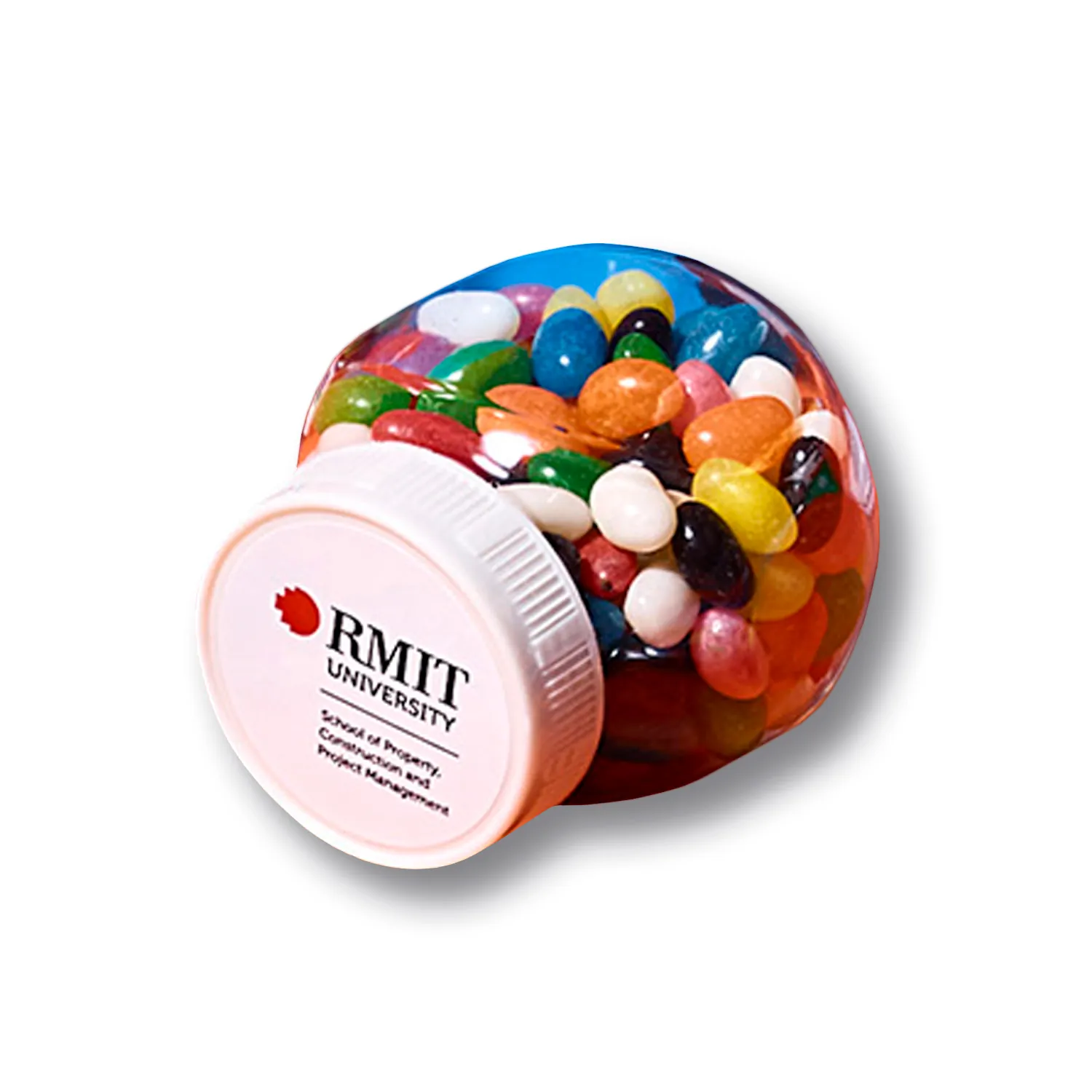 Confectionery
Confectionery Conferences & Events
Conferences & Events Drink Bottles
Drink Bottles Eco Friendly
Eco Friendly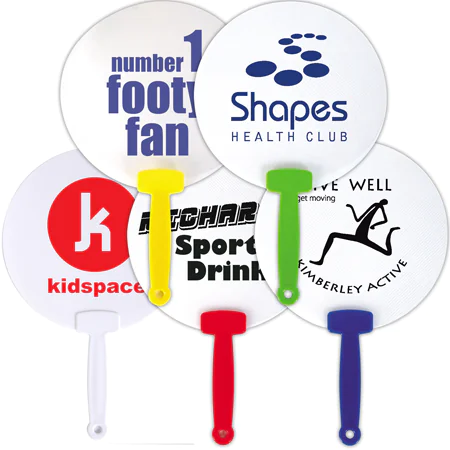 Giveaways
Giveaways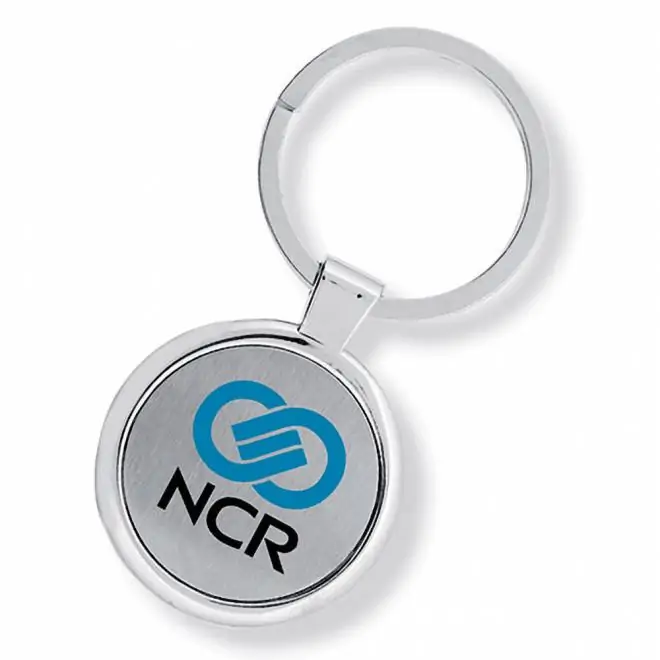 Keyrings
Keyrings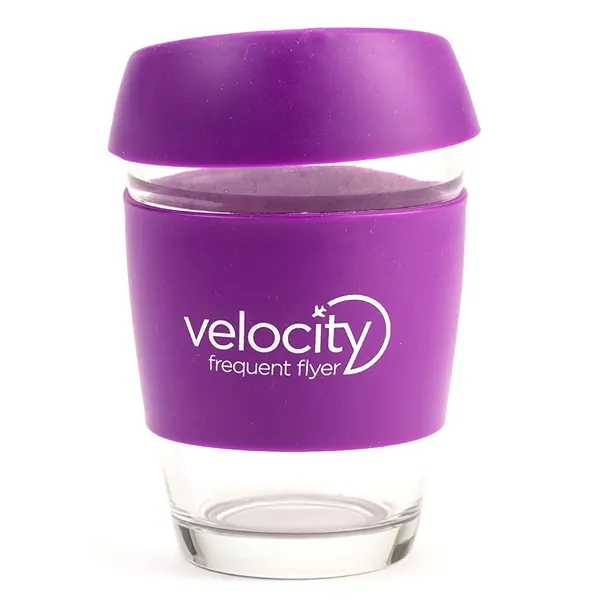 Mugs
Mugs Outdoor
Outdoor Packaging
Packaging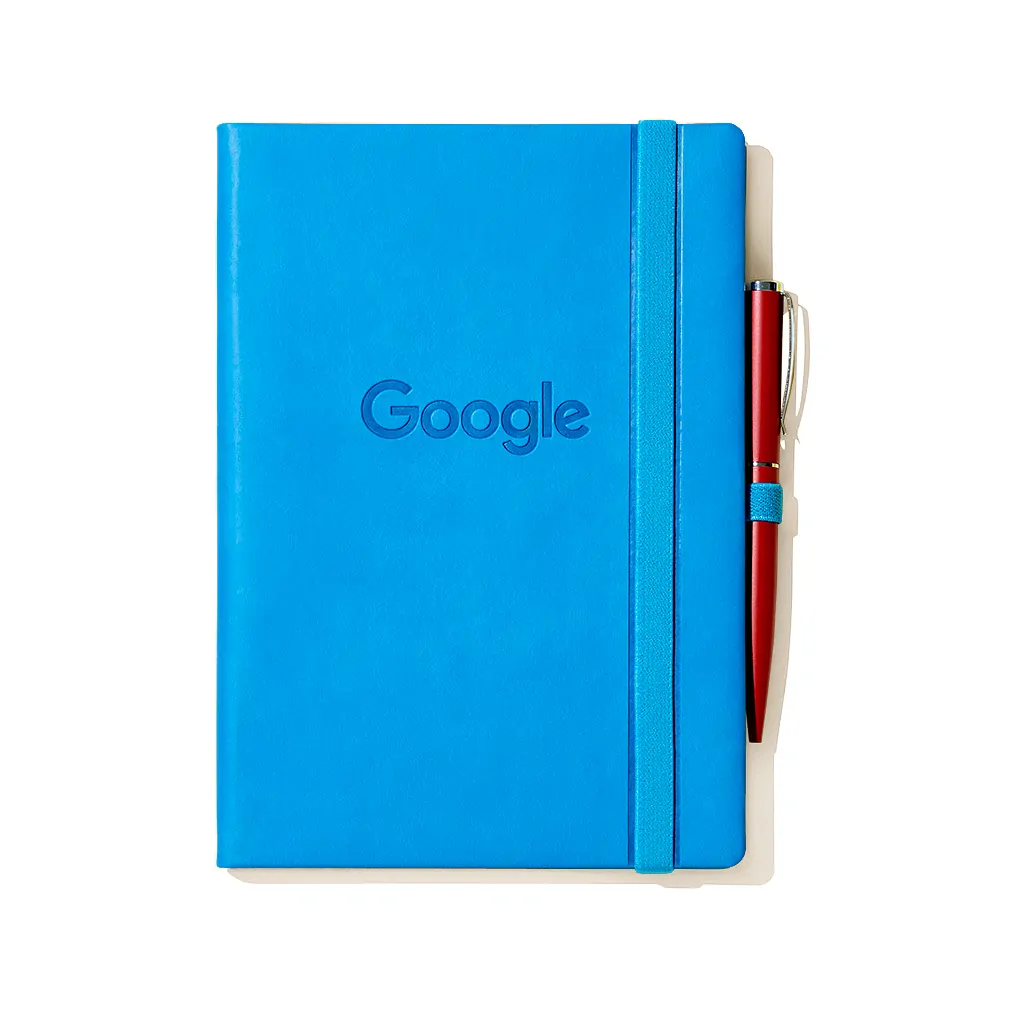 Pens & Stationery
Pens & Stationery Technology
Technology Umbrellas
Umbrellas





